
Generations X, Y, Z (add in whatever other letters – but don’t get confused when the Gen X’ers are older than the Gen A kids – phew!), Millennials, Boomers or Baby Boomers, and the list of names goes on and on. There are only six living generations in America (hmmm…that’s pushing it though because these people would be 95+), but it seems like so many more due to some having multiple names for the same generation. It can get confusing and messy trying to decipher who belongs in which demographic. And sometimes it even depends on who the study is by because some years get mixed in with other generations. Sometimes a Gen Y person falls into the Gen Z demographic and it gets complicated. The real question here is, does someone born into a set grouping of years really fall into the stereotypes that are aligned with them? As marketers and business owners, does all of this really have an effect on how we target them, and the way we send messages to them – specifically when it comes to advertising?
It All Began When…
We don’t really know this answer but what we can tell you is that the first generation to be grouped demographically, and agreed upon by demographers and market researchers, are The Depression Era people. These are people born in 1912s. From there, that is where the years and demographics kind of get skewed. The generations are widely agreed upon, but not universally. So that means there are always going to be people who don’t fall into the generational breakdown.
So Now That We Have Cleared That Up…
Let’s discuss who we are currently marketing to in terms of birth year. Remember, these six mentioned are not always agreed upon.
- Born 1901-1926: Again, there are absolutely businesses that are marketing to this generation, but how many 95+ year olds are on social media?
- Born 1927-1945: This would likely be what many refer to as our elderly population.
- Born 1946-1964: As a generalization, these are now the new grandparents.
- Born 1965-1980: They are getting younger! These are likely the parents of today’s world OR those who are choosing not to raise a family. There is a whole mix match of demographics that fall into this category.
- Born 1981-2000: The best generation alive (who said that????) Just kidding. This is the group many of our team falls into.
- Born after 2001: They are just starting to live in the real world.
Marketing to Each Generation

The likely answer is no, but we can discuss.
Each generation is diverse. Just like each individual person is diverse. And just because someone was born in 1981 doesn’t automatically mean they feel a certain way about something, or purchases something just because of that. Let’s be real. The spenders of today, right now at the end of 2021, are buying out of necessity because of what is currently happening with the world. Marketers need to communicate their offerings in a way that makes their audience believe it is something they can’t live without. This is where targeting can become more specific.
A Better Way to Market
Forget the generations and the ideologies behind them for a minute. Would you ever go up to someone and say, “OK Boomer (get it?). Since you were born between 1946 and 1964, that means you like rock’n’roll, you experimented with drugs, you spent all kinds of money and didn’t save a penny.” Or how about people who live in rural versus urban areas…they are exposed to marketing efforts in different ways. From the farm to the city – lifestyles are different so marketing is different. So just because someone who lives in a rural area is a Gen X person, do they fit into all of the stereotypes?
NO! You wouldn’t because that is not true for everyone. Hence why marketing toward generational stereotypes does not work.
Taking a look at your actual target market and knowing what they like, dislike, what their past is like and maybe their future is what is going to help make sales. Plus, knowing where your target audience is, whether they are on the Internet (is it computer or phone?), television (what stations? What subscription services?), or print media (things like magazines, billboards, newspapers – yes they still exist – mailers, etc.) will help make sure your business/product/service, whatever, is actually being delivered to them.
And Don’t Forget People Change
Just because at one time or another someone didn’t save money and spent every penny they had, doesn’t mean that they didn’t change their habits. And just because someone believed in something years ago doesn’t mean they can’t have a change of heart. A lot of factors are always being considered and that is why it is important to always be on the lookout for what your target audience is doing, saying, feeling, etc. Marketers and business owners need to consider all of their demographics to find the right target audience. And that doesn’t mean just pushing advertising to everyone in that target audience. It means getting whatever you’re selling in front of people that want or need it.
There is no one size fits all approach to marketing and selling, but we can always do our best to ensure we are meeting the needs of our audience for today.

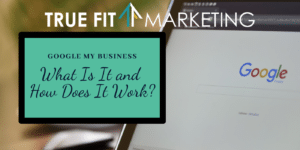
 Why Should I Use It for My Business?
Why Should I Use It for My Business?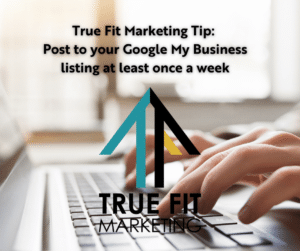
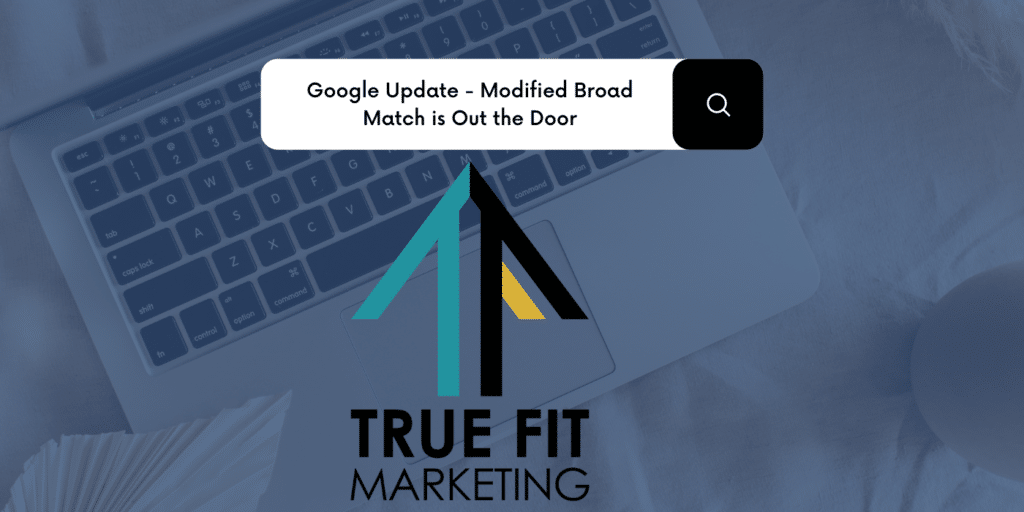
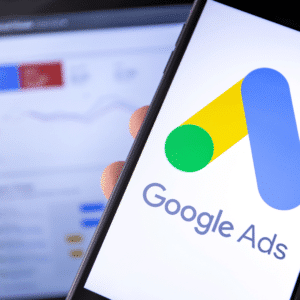
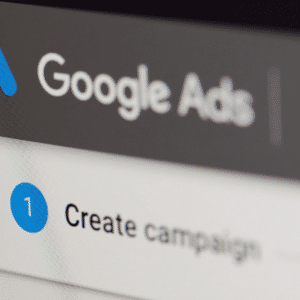 This change could save you time in the long run as it eliminates a step in building out an ad. It is time-consuming to put together all of the different keyword requirements per ad. But it could also cause an issue in that your keywords may not mean the same thing as what you want searched. An example provided by Allison Day, WordStream’s Lead Acquisition Specialist, is that “get more Google ads” does not mean the same thing as “get more conversions on Google ads.” Additionally, due to the change, your traffic could fluctuate. This is to be expected. Just keep that in mind and make adjustments to your new ads moving forward.
This change could save you time in the long run as it eliminates a step in building out an ad. It is time-consuming to put together all of the different keyword requirements per ad. But it could also cause an issue in that your keywords may not mean the same thing as what you want searched. An example provided by Allison Day, WordStream’s Lead Acquisition Specialist, is that “get more Google ads” does not mean the same thing as “get more conversions on Google ads.” Additionally, due to the change, your traffic could fluctuate. This is to be expected. Just keep that in mind and make adjustments to your new ads moving forward.